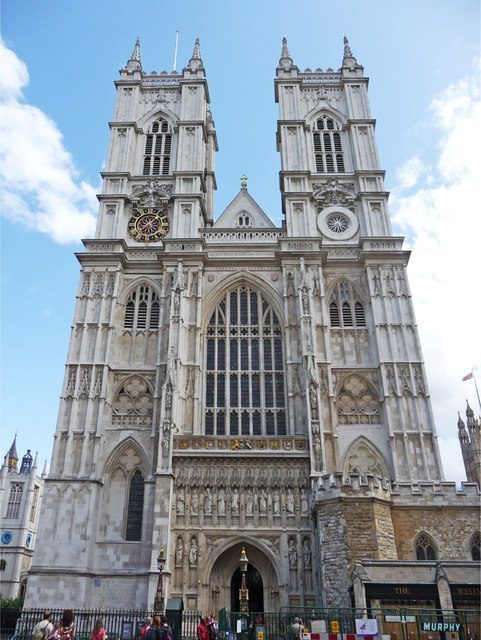A lost medieval sacristy used by 13th-century monks has been uncovered in the grounds of Westminster Abbey along with the bones of hundreds, if not thousands, of buried bodies.
“You do have to be careful where you’re walking,” said archaeologist Chris Mayo, pointing to a fragment of skull poking out of the sandy soil. “You can see from the ground there are burials everywhere.” Mayo has led a team working on the archaeological project, one of the biggest on the site. The project had the aim of uncovering the foundations of the Great Sacristy on its North Green, facing the busy Victoria Street. The sacristy was built in the 1250s by Henry III during his reconstruction of the abbey that was built by Edward the Confessor. Before that the site was used as a burial ground for monks, one of whom is still in remarkable condition. The sacristy was repurposed as a domestic dwelling and in 1740, being in a perilous state, it was demolished.
It was later uncovered and recorded in 1869 in a project directed by the celebrated architect Sir George Gilbert Scott whose buildings include the Midland Grand Hotel at St Pancras station in London. At the time he was the Abbey’s Surveyor of the Fabric. The team from Pre-Construct Archaeology has been working since January, with a three-month lockdown break, to understand the site better as part of a wider building project.
The Westminster abbey wanted to construct a building on the site to house new welcoming, ticketing, and security facilities, which they say will allow visitors to enter through the grand Great West Door, the entrance used by monarchs and royal brides but not the public. Mayo said the aim of fully exposing and recording the superstructure of the Great Sacristy had been achieved with the foundations clearly revealed.
Read further about the purpose and the process of the dig at The Guardian.

